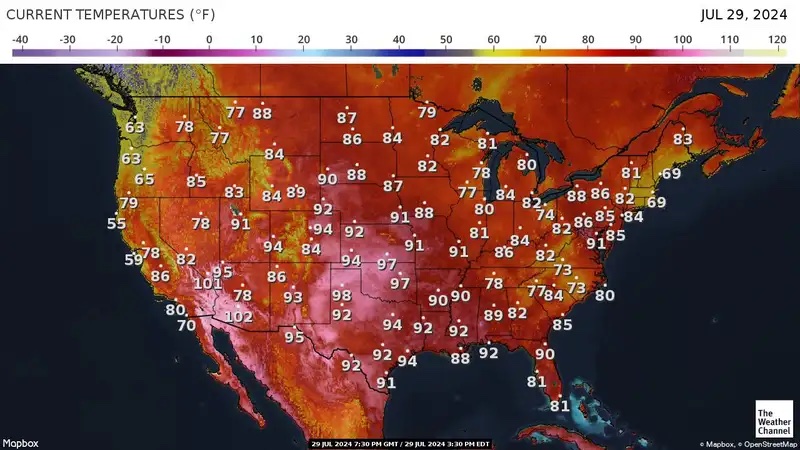question id: robot-finger-a
Chap 1 Exercises
\[ \newcommand{\dnorm}{\text{dnorm}} \newcommand{\pnorm}{\text{pnorm}} \newcommand{\recip}{\text{recip}} \]
Exercise 1 Imagine a robot like that shown in [Faulty cross reference: vid-robot-youtube] but with only one finger instead of the two fingers that can move closer and farther from each other. How many degrees of freedom would the imagined robot have?
Suppose that the robot seen in the video in the chapter were able to move along the floor. How many degrees of freedom would it have then?
question id: robot-finger-b
A roomba is a robotic cleaner for floors. How many degrees of freedom does it have? Give each of them descriptive names.
Exercise 2 Which of these statements is correct about how a quantity differs from a number?
A number doesn’t have units.
A quantity is always positive.
A number is infinitely precise.
question id: quant-number
Exercise 3 What will be the units of a conversion factor from …
- km to meters
question id: convert-1
- from liters (say, of gasoline) to km
question id: convert-2
- from GBP (currency) to USD
question id: convert-3
- from miles-per-hour to distance in miles
question id: convert-4
Exercise 4 There are about 100 km in 60 miles. What is the corresponding conversion factor from km to miles?
question id: km-to-miles
Exercise 5 How could you specify the position of a point relative to a marker on a 2-dimensional space such as a table-top? Make sure to give an appropriate unit.
Exercise 6 How could you specify the position of a point relative to a marker in a 3-dimensional space such as a room? Make sure to give an appropriate unit.
Exercise 7 The following is a map of temperature during a summer day in the US.

You can also think of it as a function. If temperature is the output from the function, what is the input? Also, what is the dimension of the input space, that is, the “domain?”
Exercise 8 For each of the following, say whether the quantity is a pure number or if some kind of physical quantity is being represented.
- 17.3
question id: YU5NCD-a
- \(\pi\)
question id: YU5NCD-b
- 9 feet
question id: YU5NCD-c
- 8 \(\mu\)m
question id: YU5NCD-d
- 12.2 gm
question id: YU5NCD-e
- 37\(^\circ\) C
question id: YU5NCD-f
- 43 sec
question id: YU5NCD-g
On paper
Exercise 9
Demonstrate that between any two integers \(a\) and \(b\) there is a rational number. (Hint: Do some arithmetic with \(a\) and \(b\) to construct such a rational number.)
Demonstrate that between any two rational numbers \(a/b\) and \(c/d\) there is another rational number. (Hint: Construct such a rational number by arithmetic.)